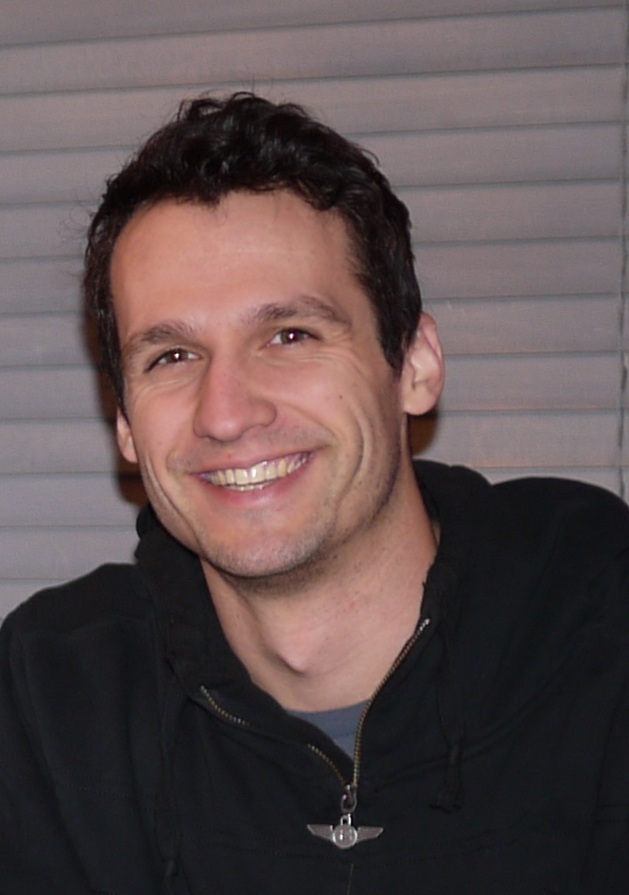Medical Physics Seminar – Monday, October 13, 2014
Motion Characterization & Compensation in MRI with Radial Trajectories

Ashley Anderson (student of Dr. Oliver Wieben)
Research Assistant, Dept of Medical Physics, UW-SMPH, Madison, WI - USA -
Magnetic resonance imaging (MRI) is hindered by long acquisition times due to physical constraints and stringent sam-pling requirements. This limitation increases costs and introduces challenges for imaging moving objects.
Great effort has been put into accelerating MRI acquisition, with substantial success. Recent developments have fo-cused on constrained reconstructions to produce artifact-free images from undersampled data. Many of these tech-niques leverage properties of novel, non-Cartesian k-space trajectories to produce incoherent undersampling artifacts. Specifically, radial trajectories have received renewed attention due to their capabilities in accelerated acquisitions, reduced field-of-view imaging, and ultra-short TE imaging.
Radial trajectories are also robust to motion artifacts, exhibiting localized blurring rather than global image corruption. Additionally, radial projections provide self-navigating information, such that motion parameters can be extracted from individually acquired k-space lines or small subsets of projections. These characteristics of two- and three-dimensional radial k-space trajectories may be utilized to improve MRI in the presence of motion.
This work investigates respiratory motion patterns in the abdomen to determine parameters for retrospectively gated radial acquisitions. Advantages of retrospective methods are demonstrated for simultaneous cardiac and respiratory gating, including a strategy for evaluating respiratory influence on blood flow using a double-gated radial phase con-trast acquisition.
Finally, a novel technique is presented to extract rigid-body motion parameters from three-dimensional radial samples in cranial MRI. The method uses the estimated patient motion to correct the data during reconstruction, reducing the appearance of motion artifacts.